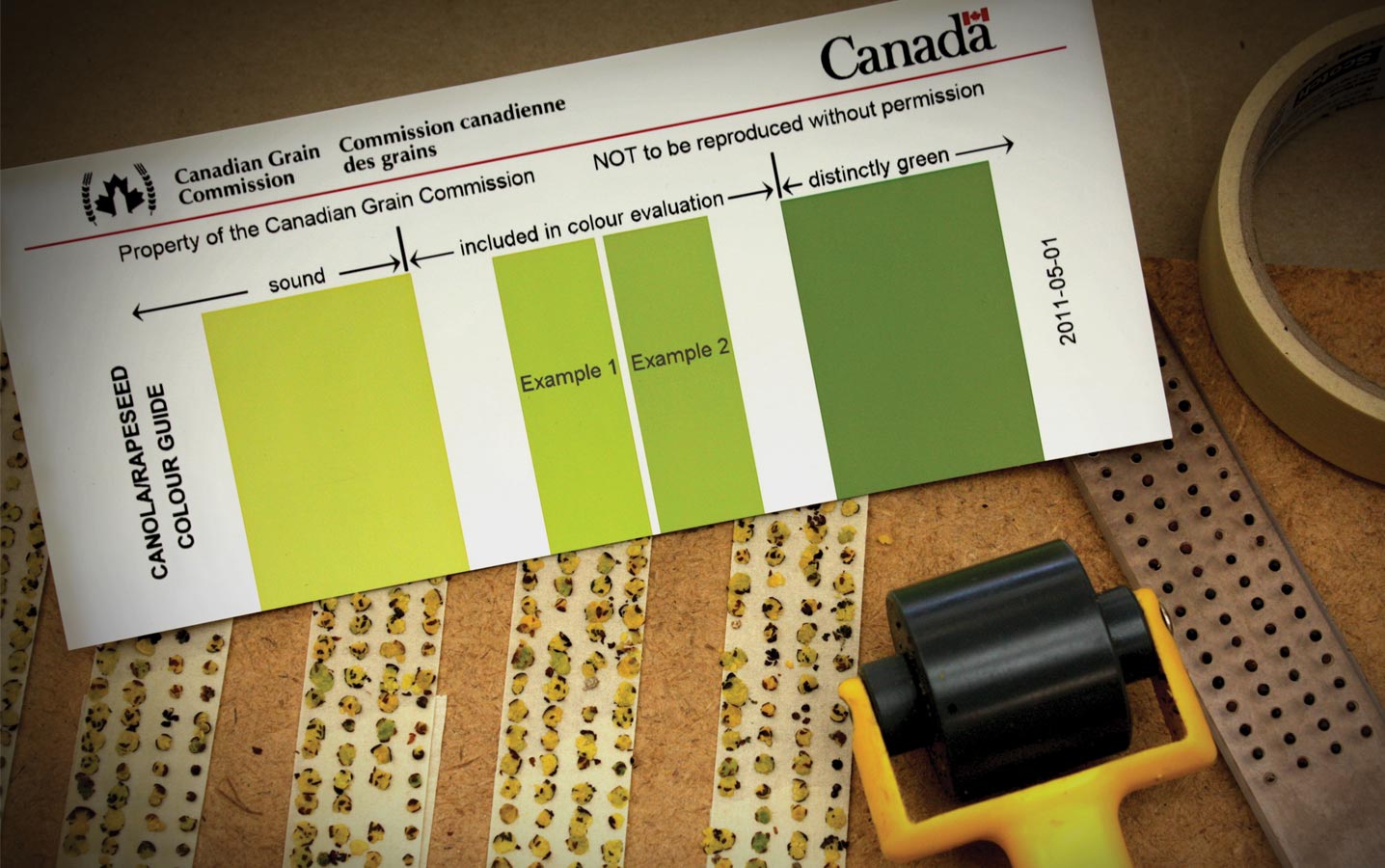Impacts of fertilizer on yield
The Canola Research Hub at canolaresearch.ca has a user-interactive research database. This article is based on the query “What are some of the impacts of fertilizer on seed yield?” with data drawn from a number of canola agronomic studies.





